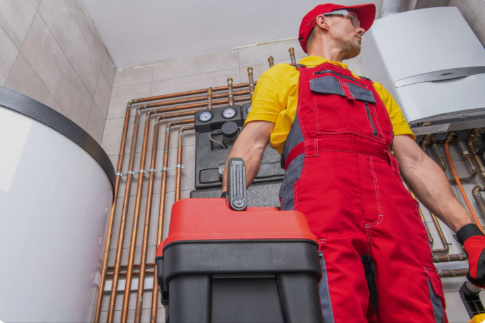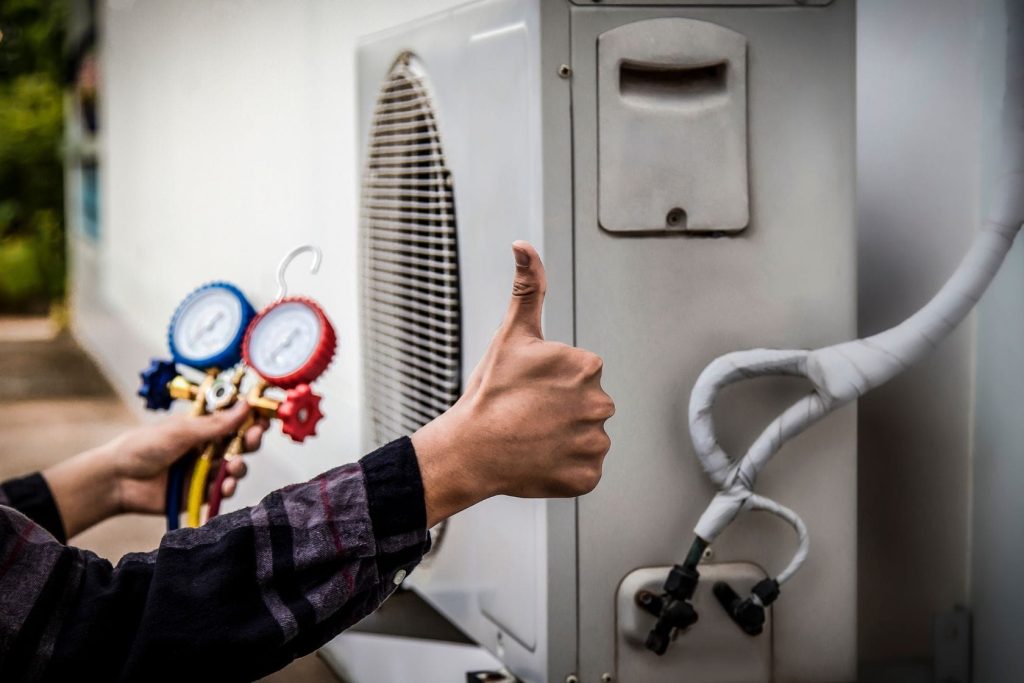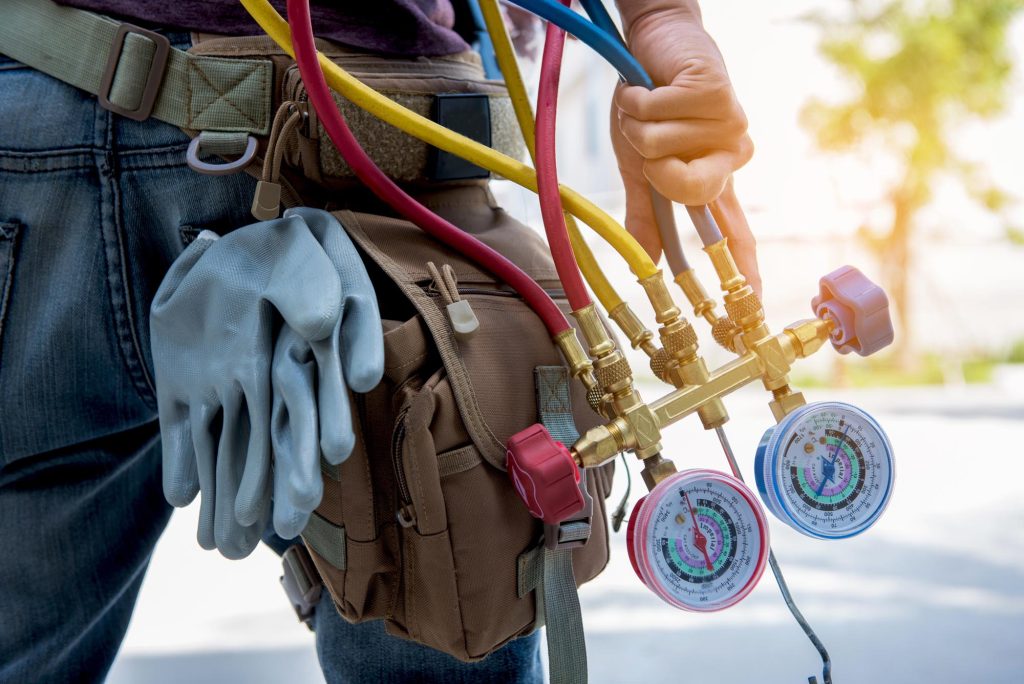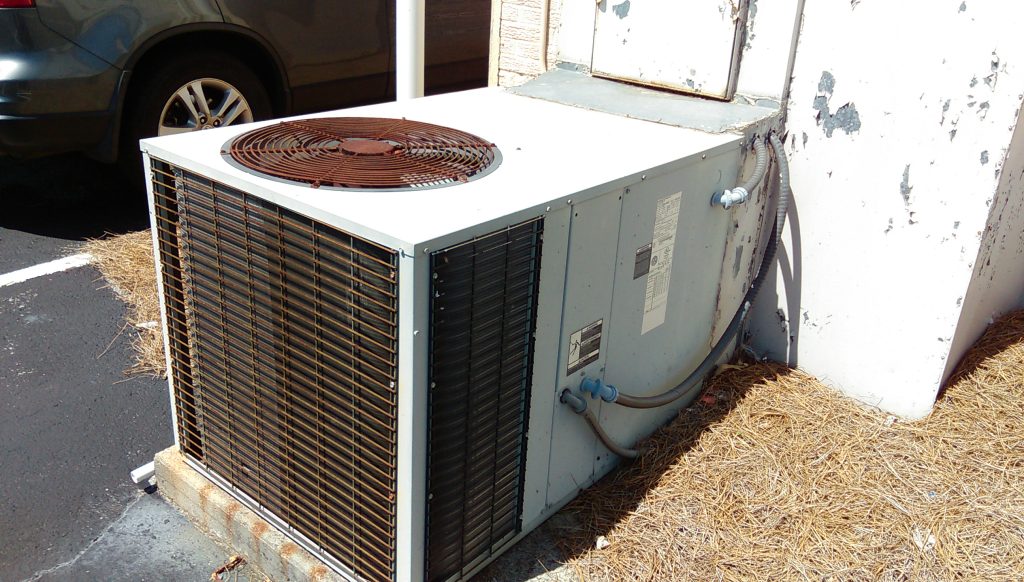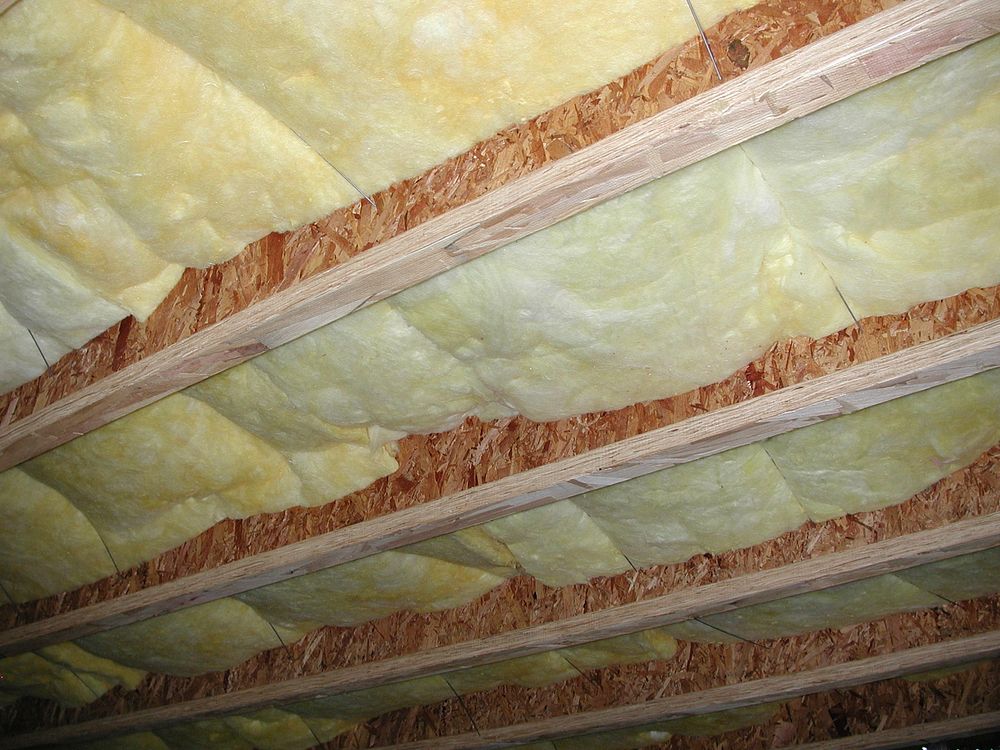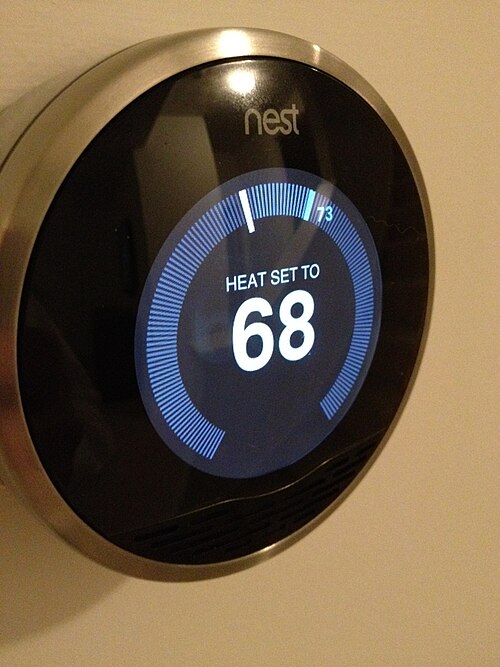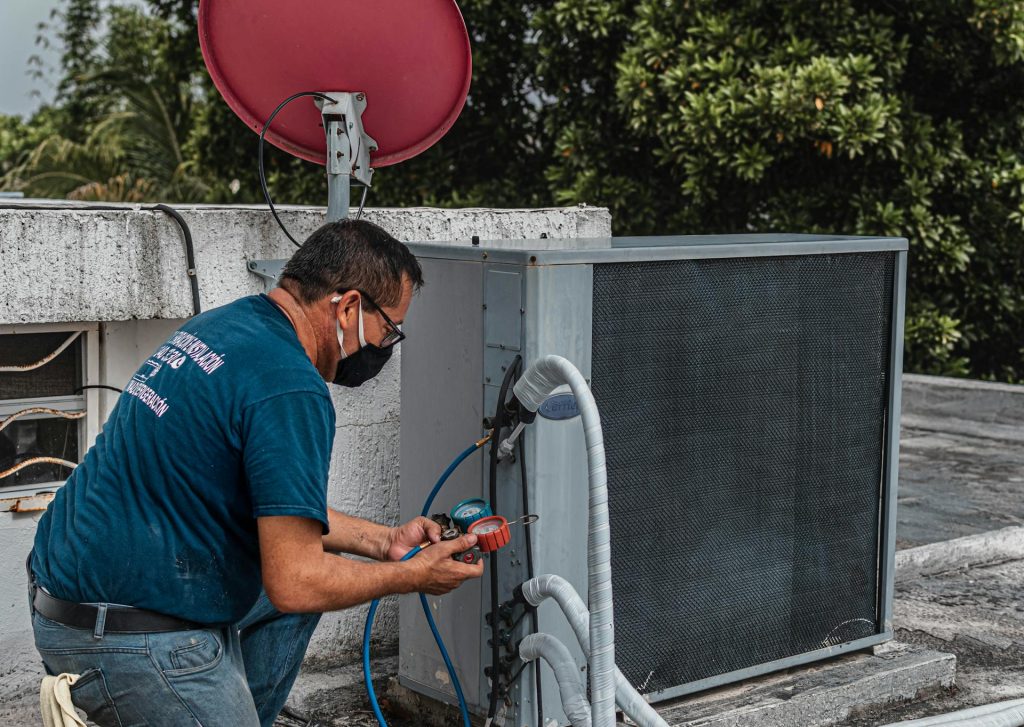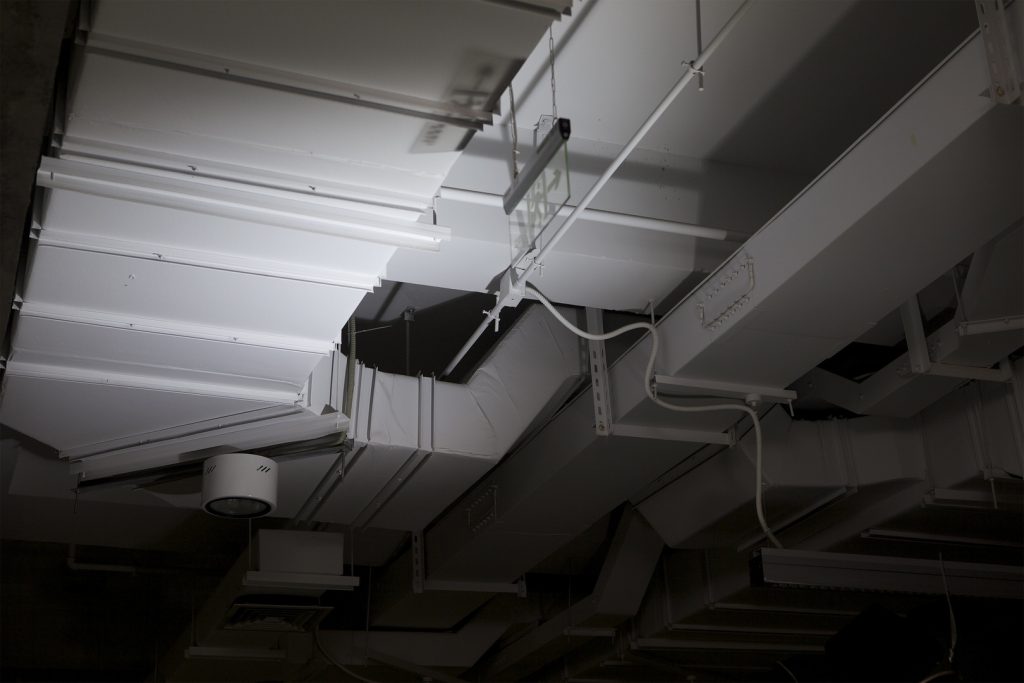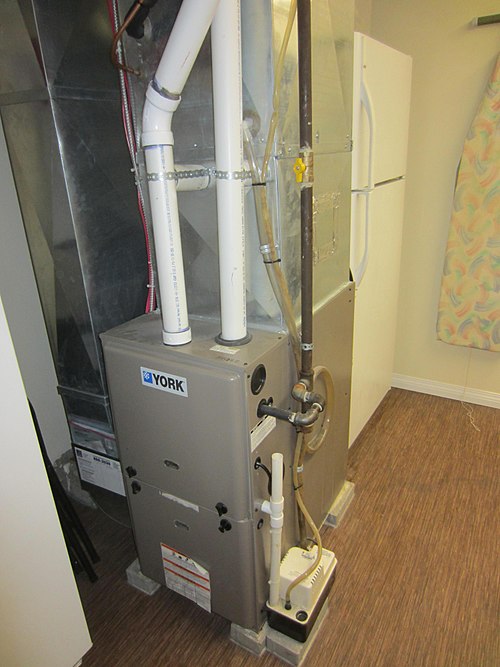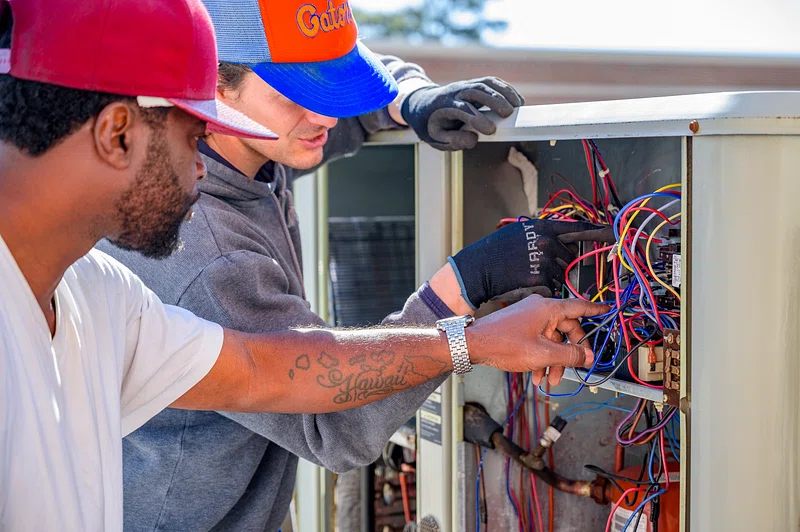What to Look for During a Home HVAC Pre-Sale Inspection
What to Look for During a Home HVAC Pre-Sale Inspection If you’re selling your home or buying a new one, a thorough HVAC inspection is essential. A pre-sale inspection ensures the heating and cooling system is safe, efficient, and in good working order. Patriot Heating & Cooling shares what homeowners and buyers should look for during an HVAC pre-sale inspection. System Age and Lifespan Knowing the age of the furnace, heat pump, or air conditioner helps set expectations for performance and potential replacement costs. Most HVAC systems last 15–20 years, depending on maintenance and usage. An older system may require more frequent repairs or a near-future replacement. Operational Performance Inspectors check whether the system heats or cools evenly and responds appropriately to thermostat settings. Uneven temperatures, unusual noises, or cycling on and off frequently can indicate underlying problems. Airflow and Ductwork Condition Proper airflow is critical for efficiency and comfort. Inspectors examine ducts for leaks, blockages, and proper insulation. Leaky ducts can increase energy costs and reduce system lifespan. Filter and Maintenance History A well-maintained system performs better and lasts longer. Inspectors check filter condition and ask about past maintenance records to ensure the system has been serviced regularly. Safety Features Gas furnaces and propane systems are inspected for safe operation. Technicians look for proper ventilation, intact heat exchangers, and functioning carbon monoxide detectors. Electrical components are also checked for signs of wear or potential hazards. Energy Efficiency High-efficiency systems can save homeowners money over time. Inspectors note the system’s SEER (cooling) and AFUE (heating) ratings, helping buyers understand potential energy costs. Signs of Wear or Damage Any visible rust, corrosion, or leaks should be noted. Even minor issues can indicate poor maintenance or signal future repairs. Early detection allows homeowners to address problems before listing or purchasing the home. The Bottom Line A pre-sale HVAC inspection protects both buyers and sellers by providing an accurate picture of system condition. Identifying issues early helps avoid surprises, supports fair pricing, and ensures the home remains safe and comfortable for its new occupants. Read Next: Energy-Saving Habits That Help Your HVAC System in Montana Winters

